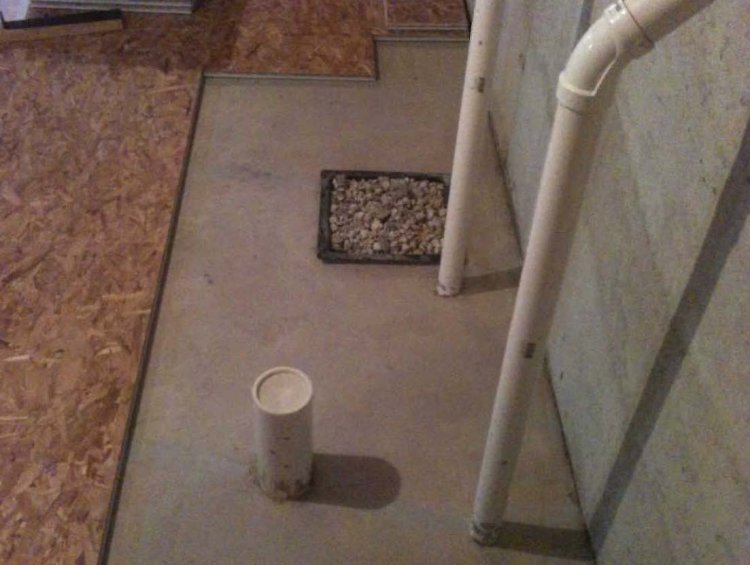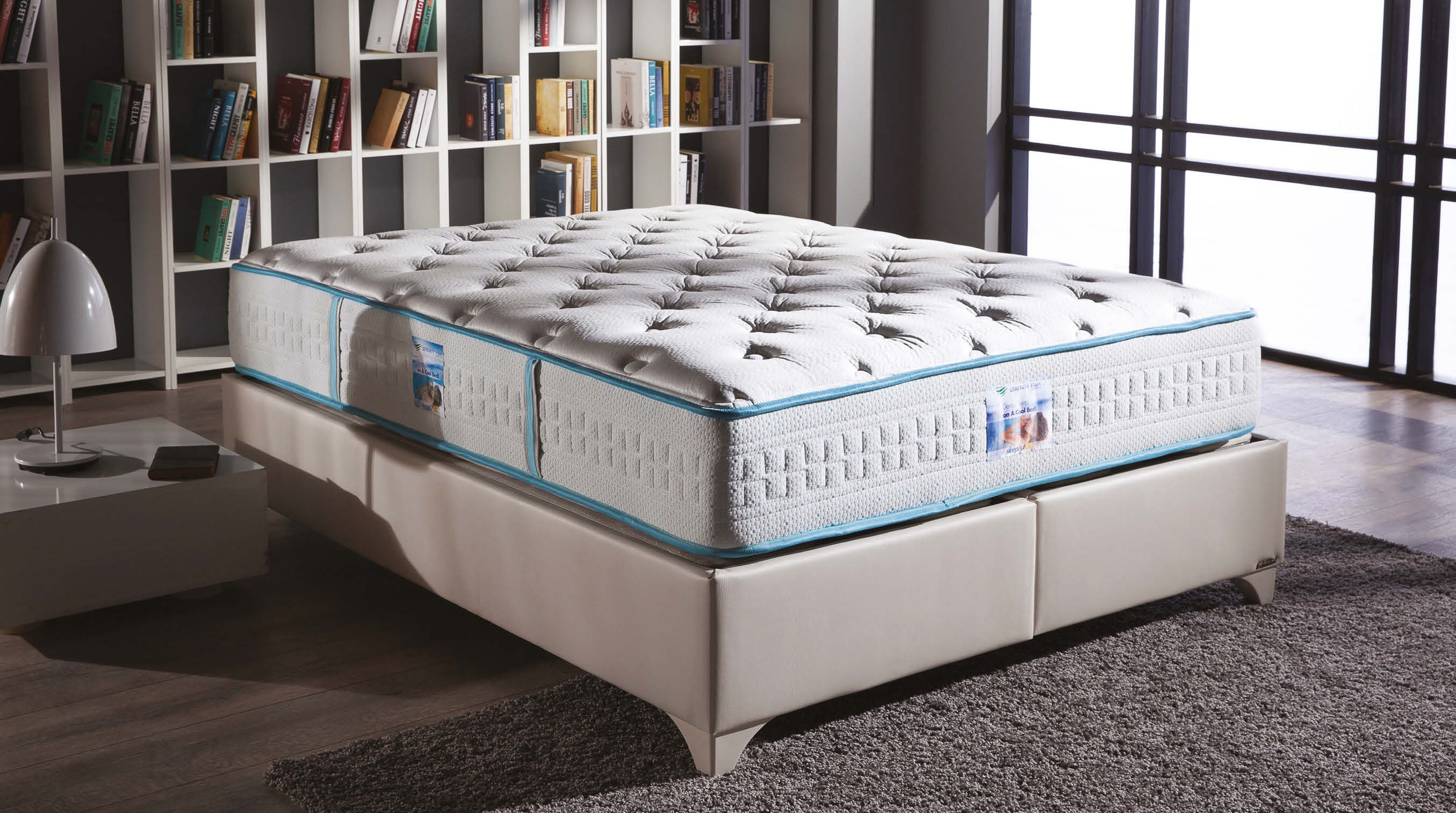If you're looking to install a new bathroom sink, one important component you'll need to take into consideration is the sink trap. A sink trap is a curved or S-shaped pipe that connects the sink drain to the main drain pipe and helps prevent foul odors and sewer gases from entering your home. While it may seem like a daunting task, installing a bathroom sink trap can be easily done with the right tools and knowledge. In this guide, we'll take you through the step-by-step process of installing a bathroom sink trap.How to Install a Bathroom Sink Trap
Installing a bathroom sink trap yourself can save you money and give you a sense of accomplishment. However, it's important to note that this task requires some basic plumbing skills and the right tools. If you're confident in your DIY abilities, here are the steps to follow for a successful bathroom sink trap installation:DIY Bathroom Sink Trap Installation
Step 1: Before you begin, make sure you have all the necessary tools and materials on hand. This includes a sink trap kit, a wrench, plumber's tape, and a bucket to catch any excess water. Step 2: Turn off the water supply to your sink by shutting off the valves under the sink or at the main water supply. Then, place a bucket under the sink to catch any water that may be left in the pipes. Step 3: Remove the old sink trap by unscrewing the nuts that hold it in place. You may need to use a wrench to loosen them. Once the trap is removed, clean the area around the drain pipe to ensure a smooth installation. Step 4: Next, take your new sink trap and apply plumber's tape to the threads of the trap's connections. This will help create a watertight seal. Step 5: Insert the trap's top end into the drain pipe and tighten the nut to secure it in place. Then, attach the bottom end of the trap to the sink drain and tighten the nut. Step 6: Once the trap is securely in place, turn the water back on and check for any leaks. If you notice any, tighten the connections with a wrench. Step 7: Finally, run some water through the sink to ensure proper drainage and to check for any leaks. If everything looks good, you're all done!Bathroom Sink Trap Installation Guide
Now that you have a general idea of the installation process, let's dive into the step-by-step instructions for installing a bathroom sink trap:Step-by-Step Bathroom Sink Trap Installation
Tip 1: When purchasing a sink trap kit, make sure it is the correct size for your sink drain and the main drain pipe. Tip 2: If you're unsure about any steps in the installation process, consult a professional plumber for assistance. Tip 3: Regularly clean and maintain your sink trap to prevent clogs and foul odors.Bathroom Sink Trap Installation Tips
While installing a bathroom sink trap may seem straightforward, there are some common mistakes that can lead to issues down the line. These include: Mistake 1: Not using plumber's tape on the connections, which can lead to leaks. Mistake 2: Not properly aligning the trap with the drain pipe, causing it to not fit securely. Mistake 3: Forgetting to turn off the water supply before starting the installation, resulting in a mess.Common Mistakes in Bathroom Sink Trap Installation
In order to successfully install a bathroom sink trap, you will need the following tools: - Wrench - Plumber's tape - Bucket - Sink trap kitTools Needed for Bathroom Sink Trap Installation
The cost of installing a bathroom sink trap can vary depending on the complexity of the job and whether you choose to hire a professional or do it yourself. On average, the cost can range from $100 to $300, including materials and labor.Bathroom Sink Trap Installation Cost
If you're not comfortable with DIY projects or simply don't have the time, hiring a professional plumber to install your bathroom sink trap is a great option. They have the necessary skills and tools to ensure a proper and efficient installation.Professional Bathroom Sink Trap Installation Services
If you encounter any issues during or after the installation process, here are some troubleshooting tips: Issue 1: Leaks from the connections - Tighten the connections with a wrench and make sure plumber's tape is used. Issue 2: Slow or clogged drainage - Use a plunger or drain cleaning solution to clear any clogs. Issue 3: Foul odors - Regularly clean and maintain your sink trap to prevent buildup of debris and bacteria. With these tips and step-by-step instructions, installing a bathroom sink trap should be a manageable task. However, if you're unsure or run into any issues, don't hesitate to seek professional help. A properly installed sink trap can save you from bigger plumbing problems in the future and keep your bathroom smelling fresh.Bathroom Sink Trap Installation Troubleshooting
Why Proper Bathroom Sink Trap Installation is Essential for Your House Design

Ensuring Proper Drainage and Preventing Clogs
 When it comes to house design, the bathroom is often overlooked in comparison to the more visually appealing rooms such as the living room or kitchen. However, the bathroom is an essential part of any home and plays a crucial role in the overall functionality and comfort of a house. One important aspect of bathroom design that often goes unnoticed is the installation of the
bathroom sink trap
. This small but vital component is responsible for proper drainage and preventing clogs, making it an essential part of any bathroom design.
When it comes to house design, the bathroom is often overlooked in comparison to the more visually appealing rooms such as the living room or kitchen. However, the bathroom is an essential part of any home and plays a crucial role in the overall functionality and comfort of a house. One important aspect of bathroom design that often goes unnoticed is the installation of the
bathroom sink trap
. This small but vital component is responsible for proper drainage and preventing clogs, making it an essential part of any bathroom design.
What is a Bathroom Sink Trap?
 A bathroom sink trap, also known as a P-trap, is a curved section of plumbing that connects the sink drain to the main drainage pipe. It is typically made of PVC or metal and is shaped like a "P", hence the name. The purpose of a sink trap is to create a water seal that prevents sewer gas and odors from entering your home. It also traps debris and prevents it from clogging the main drainage pipe.
A bathroom sink trap, also known as a P-trap, is a curved section of plumbing that connects the sink drain to the main drainage pipe. It is typically made of PVC or metal and is shaped like a "P", hence the name. The purpose of a sink trap is to create a water seal that prevents sewer gas and odors from entering your home. It also traps debris and prevents it from clogging the main drainage pipe.
The Importance of Proper Installation
 Proper
bathroom sink trap installation
is crucial for several reasons. Firstly, it ensures that the trap is functioning correctly and effectively creating a seal and preventing odors from entering your home. Secondly, it ensures that the trap is properly aligned and connected to the rest of the plumbing system, preventing any leaks or potential damage. A poorly installed trap can lead to unpleasant odors, water damage, and costly repairs in the future.
Proper
bathroom sink trap installation
is crucial for several reasons. Firstly, it ensures that the trap is functioning correctly and effectively creating a seal and preventing odors from entering your home. Secondly, it ensures that the trap is properly aligned and connected to the rest of the plumbing system, preventing any leaks or potential damage. A poorly installed trap can lead to unpleasant odors, water damage, and costly repairs in the future.
Professional Installation vs. DIY
/sink-drain-trap-185105402-5797c5f13df78ceb869154b5.jpg) While it may be tempting to attempt a DIY installation of your bathroom sink trap, it is always best to leave it to the professionals. Plumbing can be a complex and technical task and requires specialized knowledge and tools to ensure it is done correctly. A professional plumber will have the expertise and experience to install the trap properly, ensuring its functionality and longevity. They can also provide valuable advice on the best type of trap for your specific bathroom design.
In conclusion, proper
bathroom sink trap installation
is an essential aspect of house design that should not be overlooked. It ensures proper drainage, prevents clogs and odors, and protects your home from potential damage. So, when designing or renovating your bathroom, make sure to prioritize the installation of a high-quality sink trap by hiring a professional plumber. Your house and its inhabitants will thank you in the long run.
While it may be tempting to attempt a DIY installation of your bathroom sink trap, it is always best to leave it to the professionals. Plumbing can be a complex and technical task and requires specialized knowledge and tools to ensure it is done correctly. A professional plumber will have the expertise and experience to install the trap properly, ensuring its functionality and longevity. They can also provide valuable advice on the best type of trap for your specific bathroom design.
In conclusion, proper
bathroom sink trap installation
is an essential aspect of house design that should not be overlooked. It ensures proper drainage, prevents clogs and odors, and protects your home from potential damage. So, when designing or renovating your bathroom, make sure to prioritize the installation of a high-quality sink trap by hiring a professional plumber. Your house and its inhabitants will thank you in the long run.




























/sink-drain-trap-185105402-5797c5f13df78ceb869154b5.jpg)



















